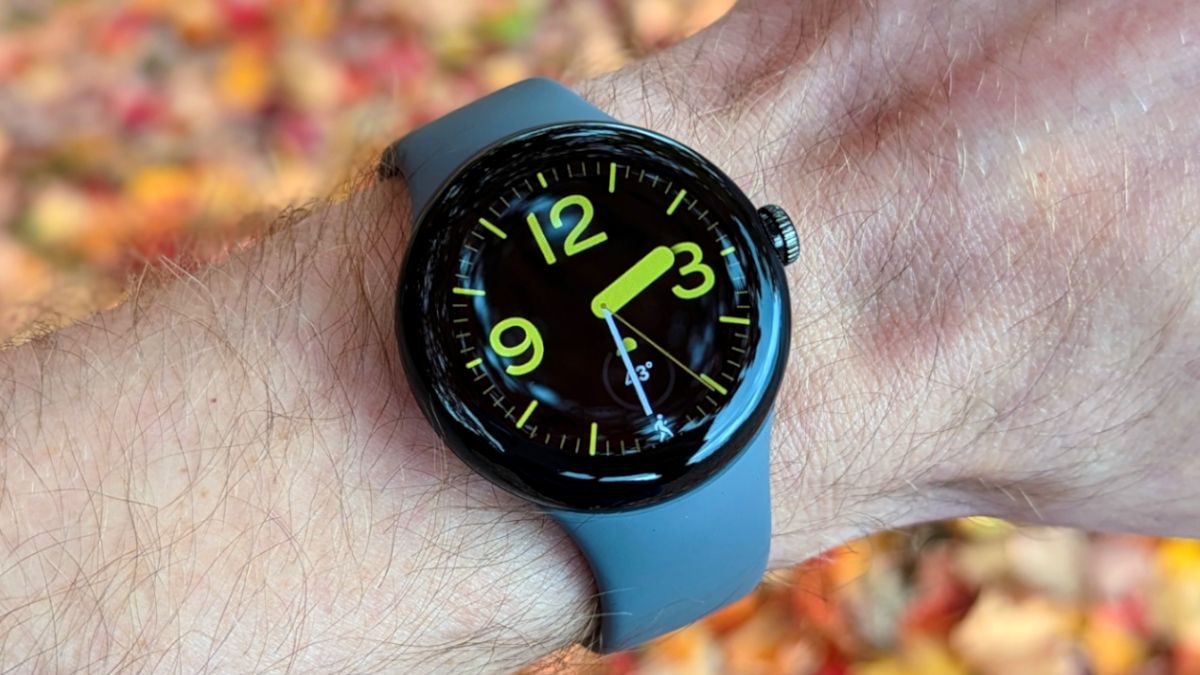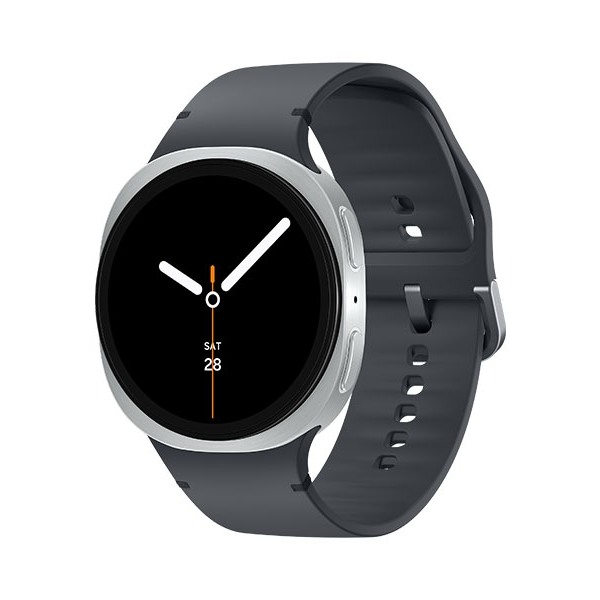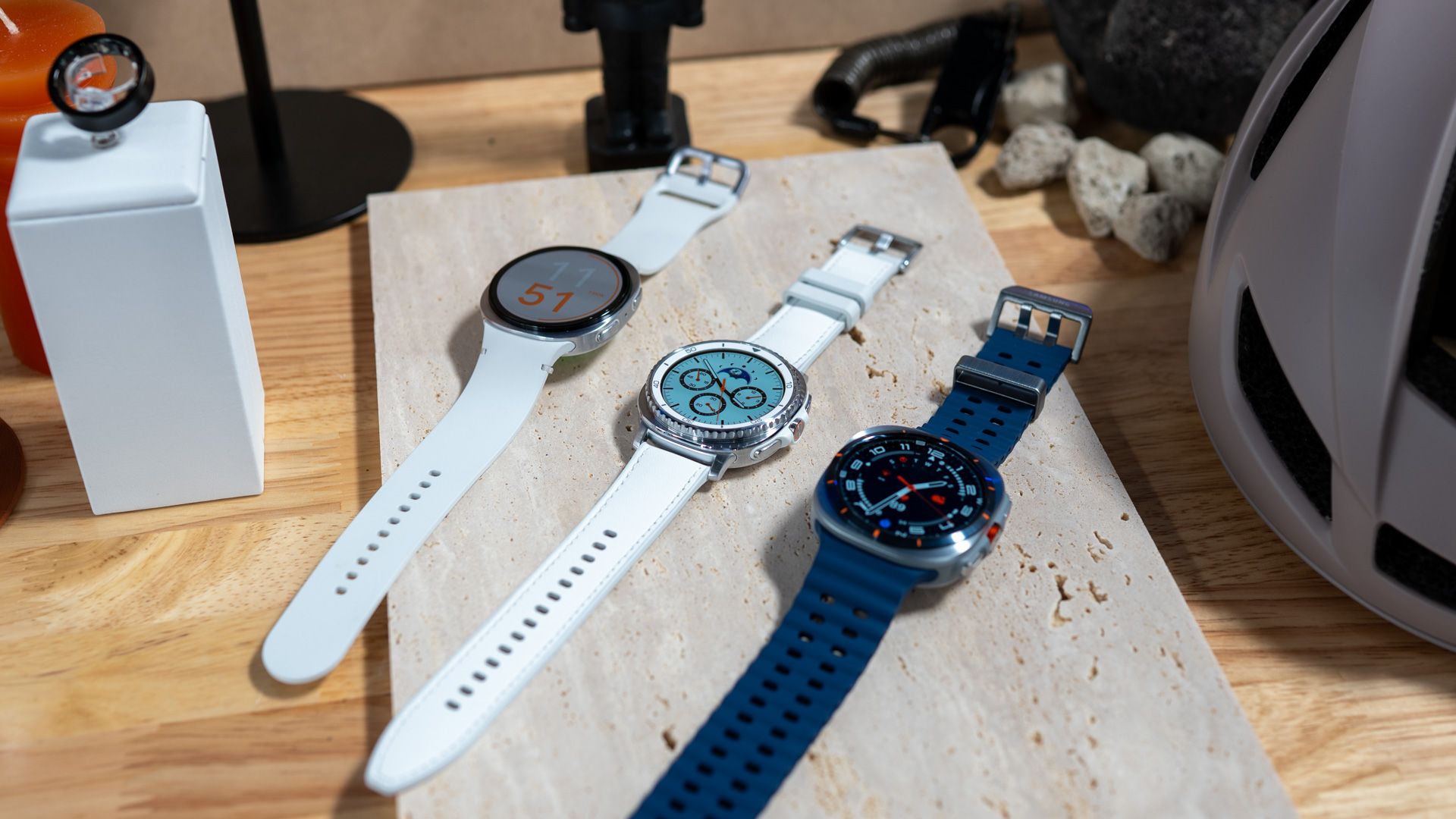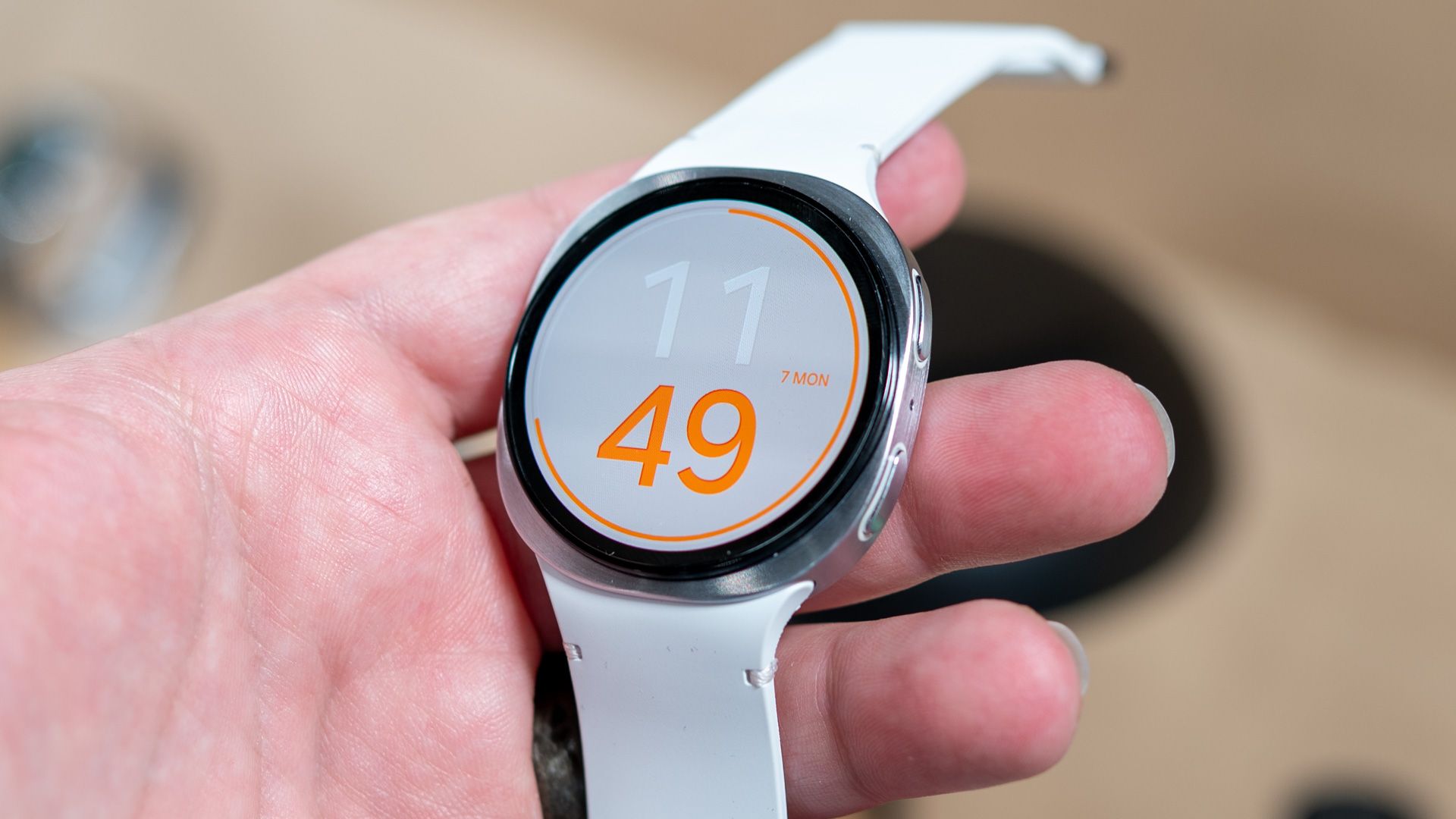Quick Links
- Proprietary Watch Bands Are a Lose/Lose
- The Ecosystem Walls Get Taller
Samsung just revealed its newest lineup of smartwatches, the Galaxy Watch 8, Watch 8 Classic, and Watch 8 Ultra. For multiple reasons, they don’t seem to be a home run, but one feature in particular is a massive step backward.
Before I get too negative, there are some decent improvements to talk about this year. The entire Watch 8 series is 11% thinner, has 50% brighter displays, and features a new 3nm processor, the Exynos W1000. These watches will also be the first to launch with Wear OS 6/One UI 8 Watch and Google Gemini out of the box.
Now, I’ve been a fan of Galaxy Watches for a long time. There has been one on my wrist going all the way back to the Galaxy Watch Active in 2019. I’ve never been a huge fan of Samsung phones, but Samsung watches appealed to me. They had a simple, minimal hardware design, and I much preferred One UI on a watch than I did on phones.
This became even more apparent when Google launched the first Pixel Watch. I was very critical of it in my review because it didn’t offer nearly as much as my Galaxy Watch 5 at the time—and it cost $70 more. One of my big complaints was Google’s proprietary watch bands. It took a while, but Samsung has finally succumbed and committed the same crime.

Related
Google Pixel Watch Review: This Is It?
After years of pleas from fans, the Pixel Watch finally shows us Google’s vision of a smartwatch. Can Fitbit integration and a focus on design give Android fans an Apple Watch equivalent? That’s what Google has set out to do.
Proprietary Watch Bands Are a Lose/Lose
Technically, Samsung started using proprietary bands last year with the Galaxy Watch Ultra, but the Watch 7 continued the long-standing tradition of supporting standard watch bands. Samsung even went so far as to improve the quick release mechanism on it’s own bands, which I praised them for. But the entire Galaxy Watch 8 series now features the same fully unique connector as the Watch Ultra. RIP.
Proprietary bands have a few obvious problems that make them a considerable downgrade. First, if you’ve been using Galaxy Watches for a long time like I have, you’ve probably assembled a nice collection of bands for various occasions. It’s been nice to be able to still use all of my bands every time I upgraded my watch, but now they’re just more e-waste.
Second, the number of proprietary bands available for the Galaxy Watch 8 series will practically never surpass the standard bands that were previously compatible. Amazon has thousands of 20mm and 22mm bands in every color and material you can imagine. Samsung didn’t have to do anything to make this happen, either. Now, you’ll need to get started with bands from Samsung and hope more accessory brands hop on board. It’s going to take a long time to build up a diverse menu of watch band options.
Choice is only one problem with the new crop of watch bands that will show up. Proprietary bands are almost always more expensive than standard watch bands. An extremely basic silicone sport band made by Samsung for the Watch 8 costs $55 at full price. Meanwhile, a few months ago I bought a silicone band for my Galaxy Watch 7 for a grand total of $8. There will be cheaper options than Samsung over time, but it’s simply not as cost effective to manufacture bands for one specific watch.
The last problem I want to talk about may not be a problem at all, but I still worry about it. Apple has stuck with the same exact watch band mechanism for over 10 years and it has a massive ecosystem of accessory makers behind it. Not many companies have that luxury—Samsung included. Will Samsung be able to stick to this new proprietary connector for the foreseeable future? Will enough accessory makers support it over time? These questions make me hesitant to buy in.
The Ecosystem Walls Get Taller
Look, Samsung, I’m not mad, I’m just disapointed. You were one of the few big smartwatch makers still using standard watch bands. The Apple Watch has its own bands, the Pixel Watch has its own bands, and now Galaxy Watches have their own bands. Of course, you can always buy an adapter and continue using standard bands, but it’s yet another added expense on top (and often doesn’t look great). Walled gardens rarely ever benefit the consumers inside them.

- Brand
-
Samsung
- Operating System
-
Wear OS
- CPU
-
Exynos W1000 (5 Core , 3nm)
- RAM
-
2GB
- Storage
-
32GB
- Dimensions
-
43.7 x 46.0 x 8.6t








:max_bytes(150000):strip_icc()/jbl-go-3-2139a2f30edf41a683362243277e0cef.jpg?w=1174&resize=1174,862&ssl=1)

Leave a Comment
Your email address will not be published. Required fields are marked *